#minnesota artists
Text

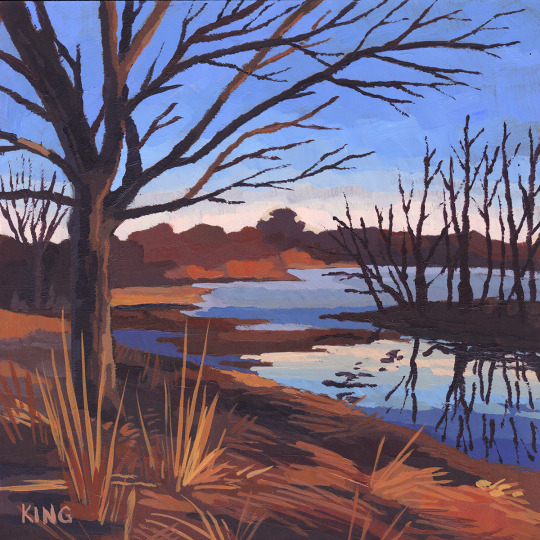
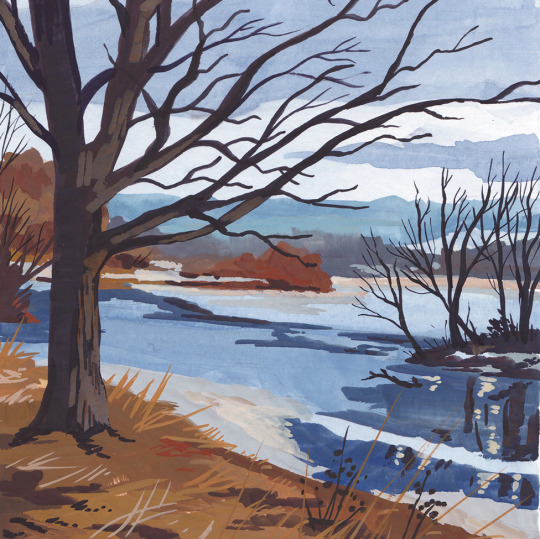
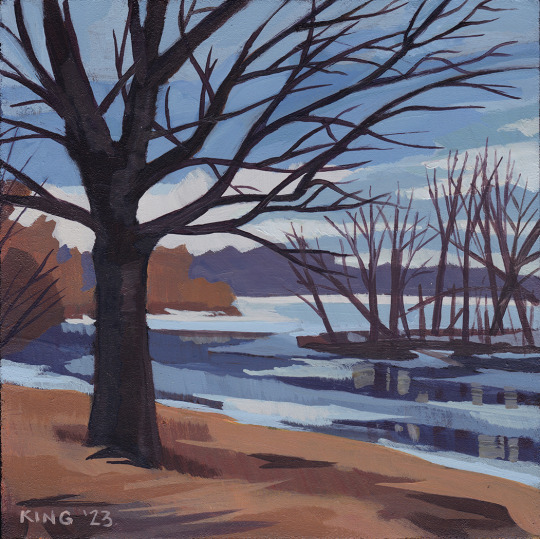
Today marks 3 years of my daily painting practice*. It's no longer just landscapes, usually takes place in a sketchbook and is pretty loose and messy, but it still feels good to play with paint everyday, whether it's for 10 minutes or an hour. This year I'm focusing on getting looser, weirder, and back to my shape-based style I worked with intuitively when I first started painting.
*I missed two days while traveling last summer
272 notes
·
View notes
Photo

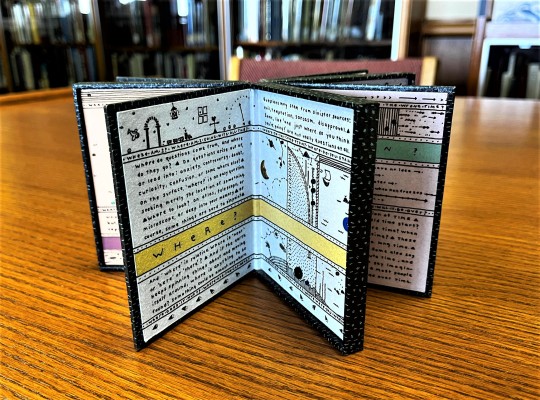

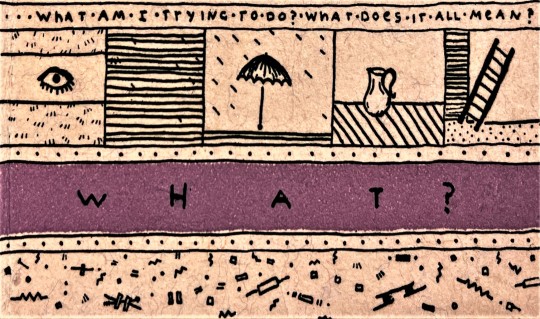
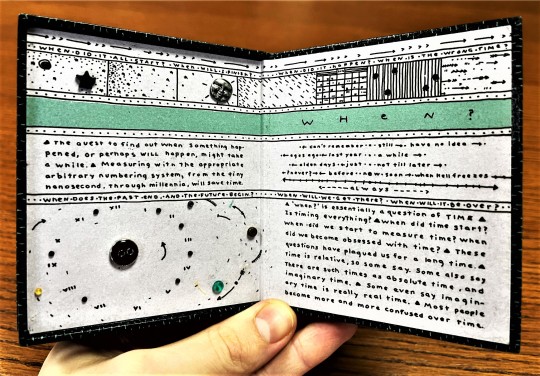

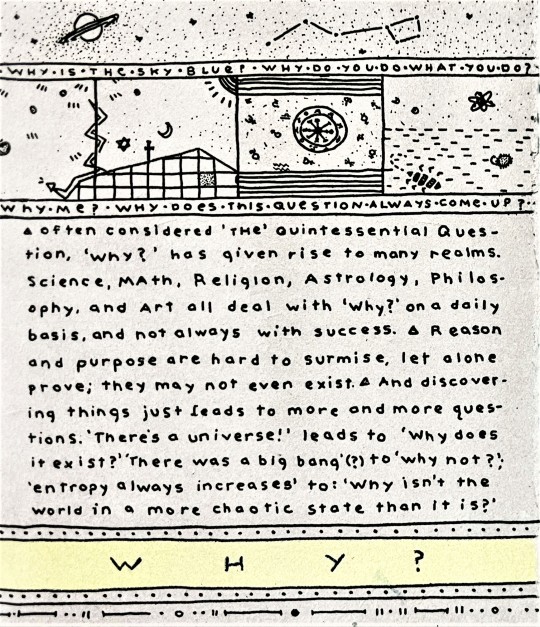
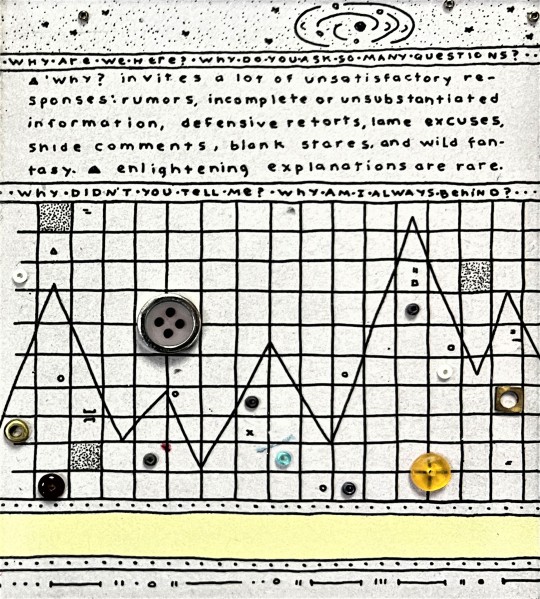
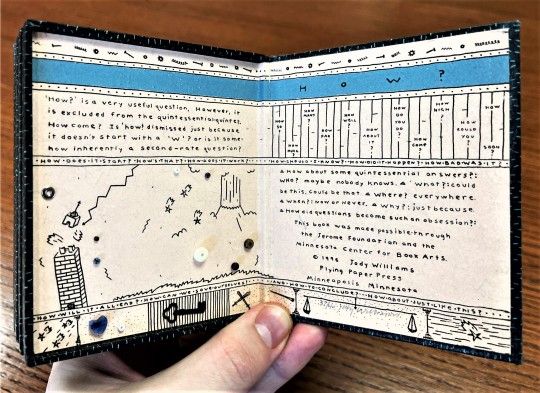
Staff Pick of the Week!
This week I am sharing Quintessential Questions, a small artist book by book artist, writer, and professor at the Minneapolis College of Art and Design, Jody Williams. The book is self-published under her imprint, Flying Paper Press, Minneapolis, 1996. I chose this artist book to highlight the exhibition in Special Collections which I just finished installing, called Jody Williams’s Flying Paper Press.
Jody Williams creates small artist books which take a variety of creative and engaging forms. Within her books she uses her own calligraphic letters which are friendly and inviting. Her books are also impeccably crafted, each cut and fold is perfectly measured and squared. Her illustrations are harmonious with the text, they are playful while depicting serious topics relating to our relationship with time, space, nature, language, and so on.
In this book Williams looks at our relationships to the interrogative words: who, what, where, when, why, and how. She highlights their uses and how they often mislead us, elicit unsatisfactory answers, or lead us into obsession, evasion, and more confusion.
Williams uses boxes as pages, allowing space for inclusions of buttons and beads into the composition. The text and images are made from etchings, which produce beautiful tactile lines on the toned papers. The cover paper is her own design.
View more posts on Artists Books!
View more posts on Jody Williams!
View more Staff Picks!
Teddy, Special Collections Graduate Intern
#Staff Pick of the Week#Quintessential Questions#Jody Williams#Artists books#Bookmaking#Book arts#who#what#where#when#why#how#Flying Paper Press#Mixed Media#Etching#Printmaking#Minnesota artists#Midwest Artists#small books#calligraphic fonts#book design#art and design#teddy
46 notes
·
View notes
Text
Artifact Road Trip - Minnesota

The Bridge
By Cameron Booth, a tempera painting, was created for the Minnesota Art Project, Federal Art Project, Works Progress Administration.
Find out more about this #ArtifactRoadTrip painting on our Digital Artifact Collection: https://fdr.artifacts.archives.gov/objects/6797
Follow along each week as we feature a different artifact in our Museum Collection from each of the United States.
#minnesota#wpa#works progress administration#federal art project#new deal art#minnesota artists#museum from home#fdr#franklin d. roosevelt#artifact road trip
6 notes
·
View notes
Text

Article Link
"Minnetonka first started selling its “Thunderbird” moccasins in 1965. Now, for the first time, they’ve been redesigned by a Native American designer.
It’s one step in the company’s larger work to deal with its history of cultural appropriation. The Minneapolis-based company launched in the 1940s as a small business making souvenirs for roadside gift shops in the region—including Native American-inspired moccasins, though the business wasn’t started or run by Native Americans. The moccasins soon became its biggest seller.

[Photo: Minnetonka]
Adrienne Benjamin, an Anishanaabe artist and community activist who became the company’s “reconciliation advisor,” was initially reluctant when a tribal elder approached her about meeting with the company. Other activists had dismissed the idea that the company would do the work to truly transform. But Benjamin agreed to the meeting, and the conversation convinced her to move forward.
“I sensed a genuine commitment to positive change,” she says. “They had really done their homework as far as understanding and acknowledging the wrong and the appropriation. I think they knew for a long time that things needed to get better, and they just weren’t sure what a first step was.”

Pictured: Lucie Skjefte and son Animikii [Photo: Minnetonka]
In 2020, Minnetonka publicly apologized “for having benefited from selling Native-inspired designs without directly honoring Native culture or communities.” It also said that it was actively recruiting Native Americans to work at the company, reexamining its branding, looking for Native-owned businesses to partner with, continuing to support Native American nonprofits, and that it planned to collaborate with Native American artists and designers.
Benjamin partnered with the company on the first collaboration, a collection of hand-beaded hats, and then recruited the Minneapolis-based designer Lucie Skjefte, a citizen of the Red Lake Nation, who designed the beadwork for another moccasin style and a pair of slippers for the brand. Skjefte says that she felt comfortable working with the company knowing that it had already done work with Benjamin on reconciliation. And she wasn’t a stranger to the brand. “Our grandmothers and our mothers would always look for moccasins in a clutch kind of situation where they didn’t have a pair ready and available to make on their own—then they would buy Minnetonka mocs and walk into a traditional pow wow and wear them,” she says. Her mother, she says, who passed away in 2019, would have been “immensely proud” that Skjefte’s design work was part of the moccasins—and on the new version of the Thunderbird moccasin, one of the company’s top-selling styles.
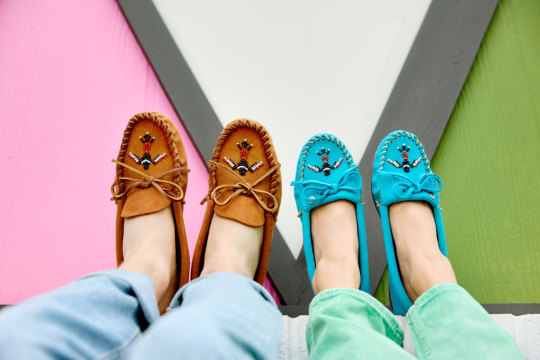
[Photo: Minnetonka]
“I started thinking about all of those stories, and what resonated with me visually,” Skjefte says. The redesign, she says, is much more detailed and authentic than the previous version. “Through the redesign and beading process, we are actively reclaiming and reconnecting our Animikii or Thunderbird motif with its Indigenous roots,” she says. Skjefte will earn royalties for the design, and Minnetonka will also separately donate a portion of the sale of each shoe to Mni Sota Fund, a nonprofit that helps Native Americans in Minnesota get training and capital for home ownership and entrepreneurship.
Some companies go a step farther—Manitobah Mukluks, based in Canada, has an Indigenous founder and more than half Indigenous staff. (While Minnetonka is actively recruiting more Native American workers, the company says that employees self-report race and it can’t share any data about its current number of Indigenous employees.) Beyond its own line of products, Manitobah also has an online Indigenous Market that features artists who earn 100% of the profit for their work.
White Bear Moccasins, a Native-owned-and-made brand in Montana, makes moccasins from bison hide. Each custom pair can take six to eight hours to make; the shoes cost hundreds of dollars, though they can also be repaired and last as long as a lifetime, says owner Shauna White Bear. In interviews, White Bear has said that she wants “to take our craft back,” from companies like Minnetonka. But she also told Fast Company that she doesn’t think that Minnetonka, as a family-owned business, should have to lose its livelihood now and stop making moccasins.
The situation is arguably different for other fashion brands that might use a Native American symbol—or rip off a Native American design completely—on a single product that could easily be taken off the market. Benjamin says that she has also worked with other companies that have discontinued products.
She sees five steps in the process of reconciliation. First, the person or company who did wrong has to acknowledge the wrong. Then they need to publicly apologize, begin to change behavior, start to rebuild trust, and then, eventually, the wronged party might take the step of forgiveness. Right now, she says, Minnetonka is in the third phase of behavior change. The brand plans to continue to collaborate with Native American designers.
The company can be an example to others on how to listen and build true relationships, Benjamin says. “I think that’s the only way that these relationships are going to get any better—people have to sit down and talk about it,” she says. “People have to be real. People have to apologize. They have to want to reconcile with people.”
The leadership at Minnetonka can also be allies in pushing other companies to do better. “My voice is important at the table as an Indigenous woman,” Benjamin says. “Lucie’s voice is important. But at tables where there’s a majority of people that aren’t Indigenous, sometimes those allies’ voices are more powerful in those spaces, because that means that they’ve signed on to what we’re saying. The power has signed on to moving forward and we agree with ‘Yes, this was wrong.’ That’s the stuff that’s going to change [things] right there.”"
-via FastCompany, February 7, 2024
#indigenous#indigenous artists#indigenous art#moccasins#thunderbird#native american#native american art#cultural appropriation#indigenous peoples#cultural representation#minnesota#minnetonka#minneapolis#red lake nation#ojibwe#anishinaabe#reconciliation#fashion#fashion news#good news#hope#indigenous designers#native artist#indigenous artist
1K notes
·
View notes
Video
Painting by Pete Jendro, Minnesota Artist - Sunset on the River, Acrylic on Canvas, 16 x 20 Inches by Joe Haupt
#Pete Jendro#J. Peter Jendro#James P. Jendro#Pete Jendro Minnesota Artist#Minnesota Artists#Minnesota Painters#flickr
0 notes
Text
We are Doll Chaser! We're an all trans punk band from Minnesota and we are so excited to share what we've been cooking!
Our first release of singles, titled together as Living The Dream, releases on Friday January 5th! Pre-save on Spotify now, and keep your eyes open on every other major streaming platform
https://distrokid.com/hyperfollow/dollchaser/living-the-dream-2

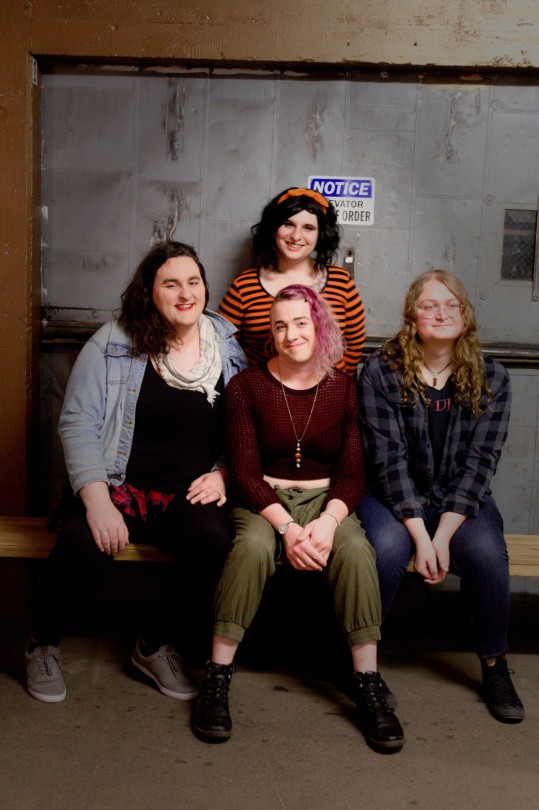
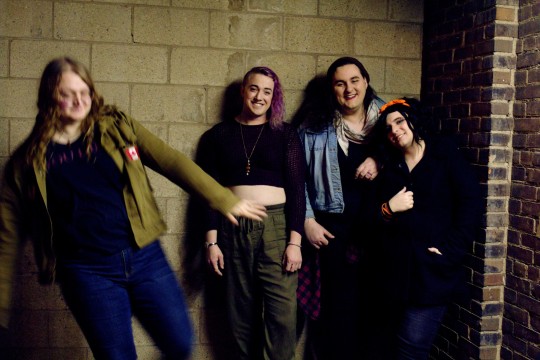
#punk#punk rock#independent artist#independent music#power pop#indie punk#trans punk#queer punk#queercore#local music#queer music#queer rock#trans music#doll chaser#minnesota
555 notes
·
View notes
Text
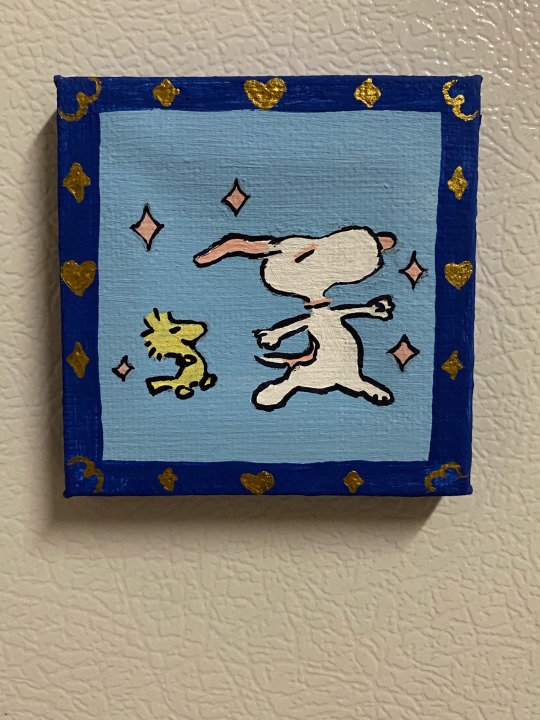

Still in my Snoopy era. Another painting for the fridge magnet collection!
389 notes
·
View notes
Text

inter-urban graphic // handcut paper collage on matboard, march 2024
a contribution for Faiv Officina Collage's open call for World Collage Day--"Dreaming Architectures". features some famous architecture from Saint Paul, Minnesota and will be exhibited in Turin, Italy next month.
read more about this piece here
#paper collage#collageart#collage art#analog collage#artists on tumblr#found materials#abstract art#artist#abstract#collage#saint paul#st paul#minnesota#mn#queer art#collages#handcut collage#mixed media#collage artist#contemporary art#mixed media art#world collage day
60 notes
·
View notes
Text

Draymond Green and Rudy Gobert
#Draymond Green#Rudy Gobert#basketball#sports#nba#nba basketball#minnesota timberwolves#golden state warriors#minnesota#timberwolves#golden state#warriors#chase center#target center#illustration#illustrators#illustrators on tumblr#art#artists#artists on tumblr
126 notes
·
View notes
Text

#JustLikeMike#Micheal#kvvadwo#black tumblr#black art#black artist#Minnesota artist#minneapolis#accra ghana#ghanaian#Artist#afrobeats#ampiano
130 notes
·
View notes
Photo

“Sunrise At Artists’ Point”
Artists’ Point in Grand Marais, Minnesota early one fall morning. Artists’ Point overlooks Lake Superior.
By Beth Mancuso
The American Landscape Photo Contest
#beth mancuso#photographer#the american landscape photo contest#landscape#sunrise#artists point#grand marais#minnesota#lake superior#nature#autumn
134 notes
·
View notes
Photo


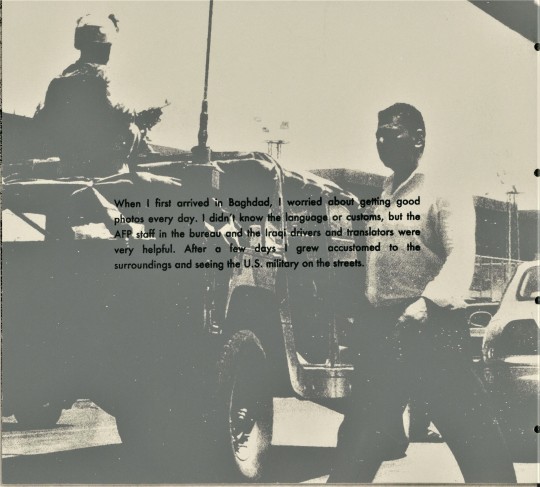


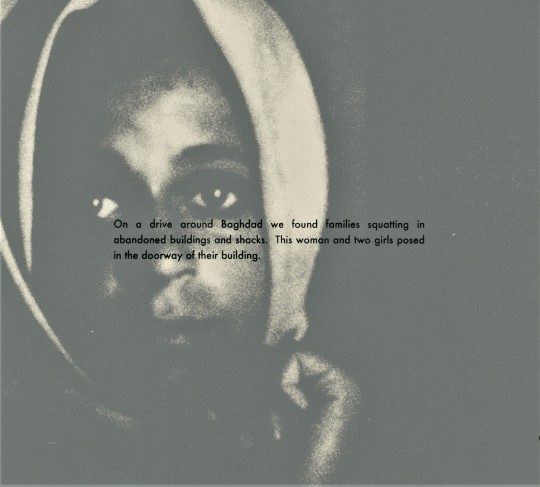

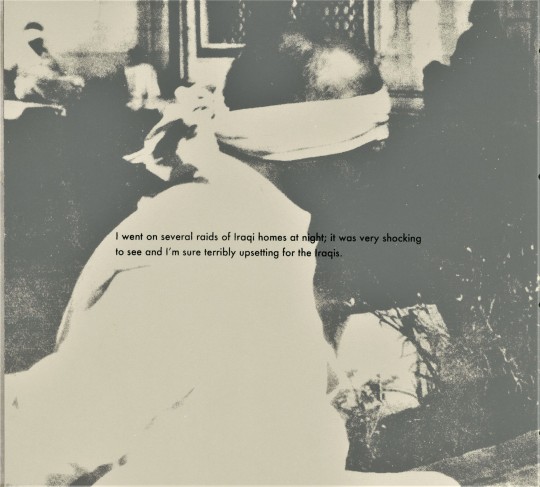
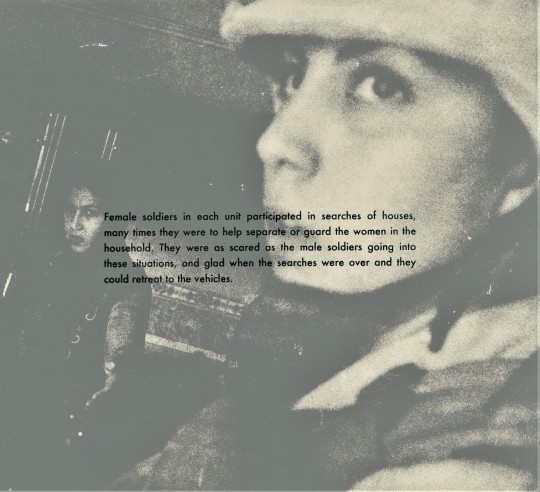

It’s Fine Press Friday!
Stan Honda is a notable New York-based Asian American photojournalist who has worked for several publications, especially Agence France-Presse. In 2011, he collaborated with Minnesota printmaker and book artist Fred Hagstrom to produce this artists book, When I First Arrived in Baghdad, from Hagstrom’s Strong Silent Type Press in a limited edition of 35 copies signed by the artist/printer. Hagstrom silkscreened Honda’s images and reflections from his assignments in Iraq, and bound them between printed metal covers using a wire-edge binding. The font is Futura. Fred Hagstrom writes:
I first contacted Stan Honda . . . in the days after September 11th. He took some of the most moving photographs of that day, including some of business people shrouded in dust and trying to get home after the collapse of the towers. These have become some of the most iconic images of that day. I was struck by the human qualities in his photos and invited him to speak at my school. We stayed in touch, and I have seen that same quality in much of his later work, including his photos from the gulf after Katrina, and from two trips to Iraq. He seems to always have a sense for bringing out the human part of these stories. For this book, I asked him to give me a selection of his Iraq photos and to respond to a brief sort of interview for me to generate the text. I then printed the photos in silk-screen, pairing them with his words. Together they do the best of journalism: a human perspective on a complicated moment in history.
View other posts of books by Fred Hagstrom.
View more Fine Press Friday posts.

#Fine Press Friday#Fine Press Fridays#Asian American and Pacific Islander Heritage Month#AAPI Heritage Month#Stan Honda#photojournalists#Iraq#Iraqi War#Asian Americans#photographers#fred hagstrom#strong silent type press#fine press books#artists books#Minnesota artists#silkscreen printing#Futura#wire-edge binding
14 notes
·
View notes
Text


Sharing some older work from the archive today. These to-scale body shaped planters are titled The Lovers Series 2019 and are made in the image of my wife and I. The womans body on the left: Raku clay, underglaze, clear glaze, and acrylic paint. The mans body on the right: Red clay, underglaze, acrylic paint. Displayed in the Minneapolis College Spring 2019 Gallery and Sota Pop 2019 Show.
#t4t#t4t couple#trans artwork#trans artist#sculpture#ceramic#functional art#planters#transgender#bodies#art#clay#ceramic art#Minnesota#Minneapolis#naturecore#crystalcore
288 notes
·
View notes
Text

I'll be at Marydale Park in Saint Paul next Saturday from 12-5pm selling prints, risos, greeting cards, and original paintings! Stop by and support a ton of wonderful local artists!
42 notes
·
View notes
Video
Painting by Pete Jendro, Minnesota Artist - Walk Bridge, Acrylic on Canvas, 16 x 20 Inches by Joe Haupt
#Pete Jendro#J. Peter Jendro#James P. Jendro#Pete Jendro Minnesota Artist#Minnesota Artists#Minnesota Painters#flickr
0 notes
Text

Party Entertainment in the 1990s
If you were planning a holiday party in the 1990s, Hauser Artists could have helped you find some novel entertainment. Hauser Artists, who sent out this promotional postcard, represented a number of local musical acts. Just a few of the highlighted ensembles mentioned here include:
Hauser-Braunstein Duo: "Guitar and flute music for Christmas and Hanukkah"
Ritzmiller-Marazzo Duo: "Space age Christmas music for two synthesizers"
The Merrie Olde Christmas Carolers: "They wear Dickens costumes and bring along sleigh bells, finger cymbals and kazoos."
This postcard is part of our Minneapolis and Hennepin County Vertical Subject Files.
17 notes
·
View notes